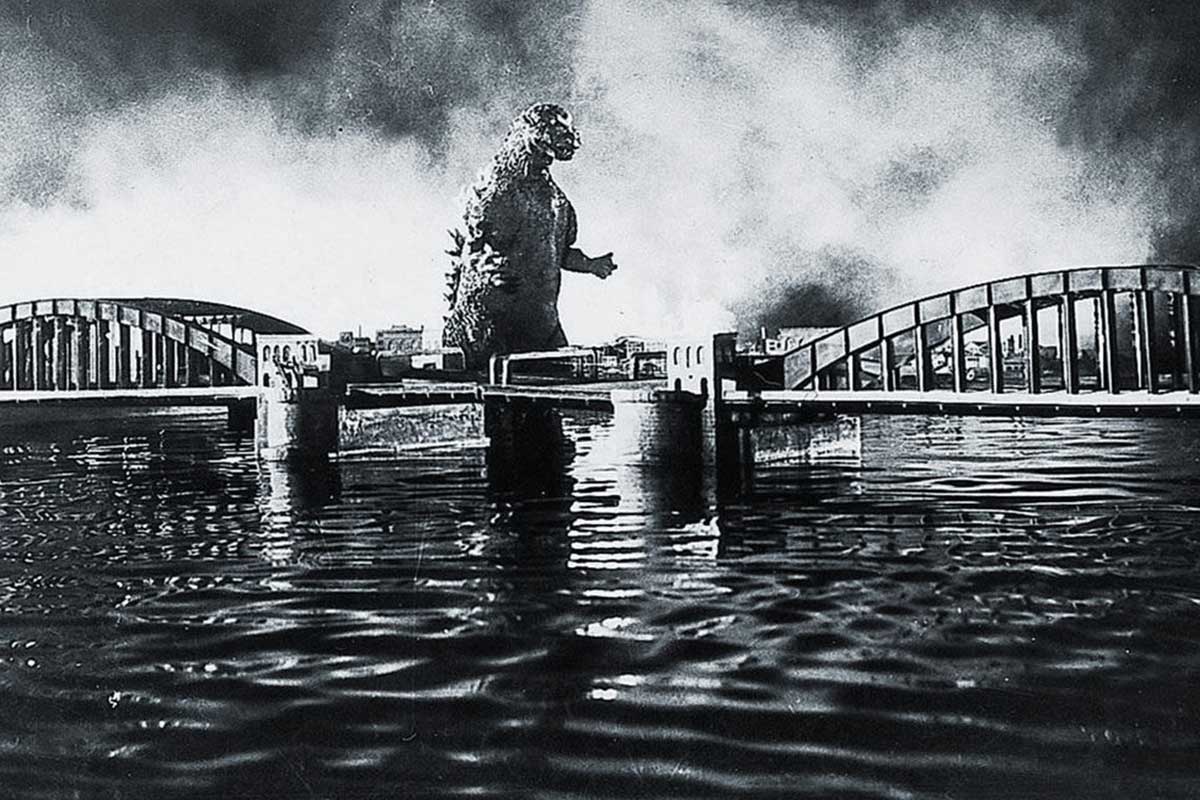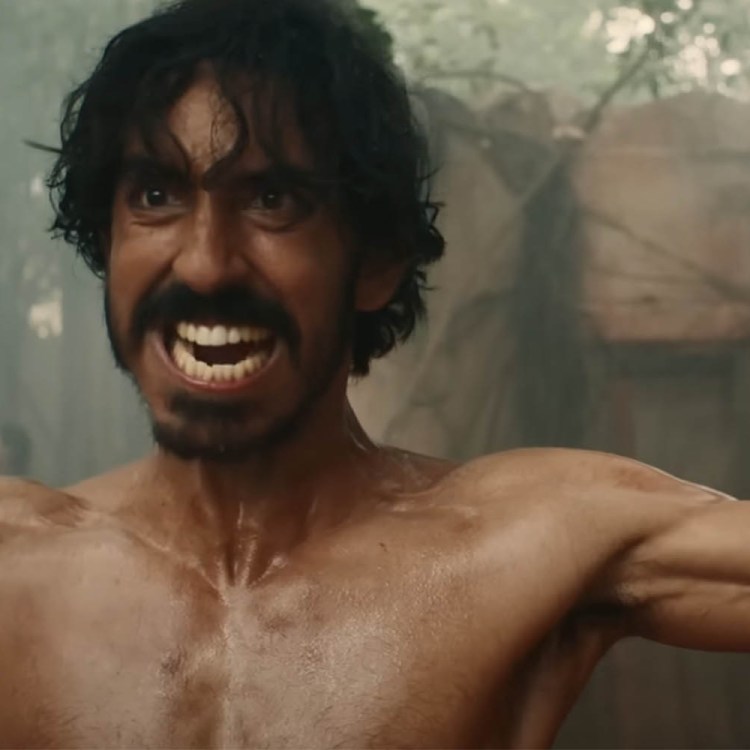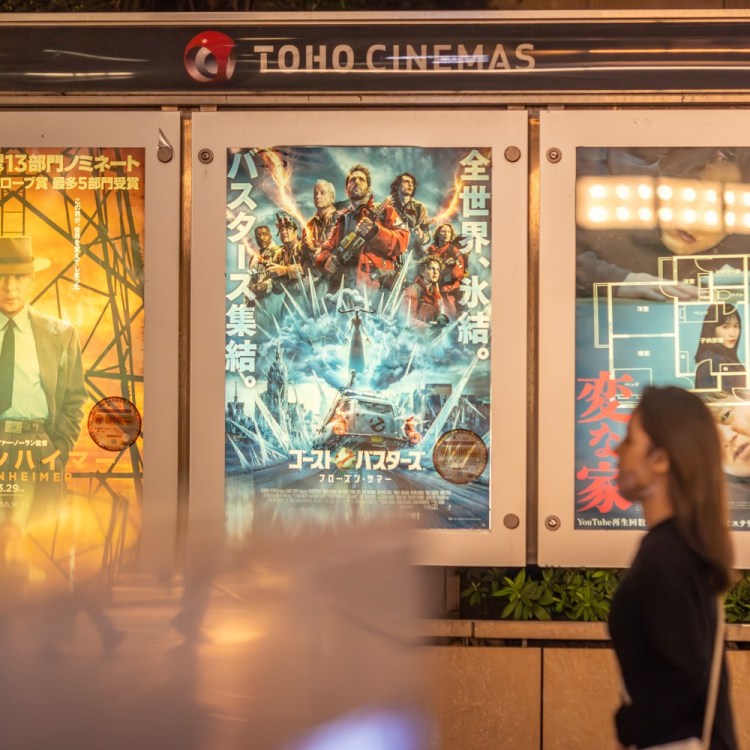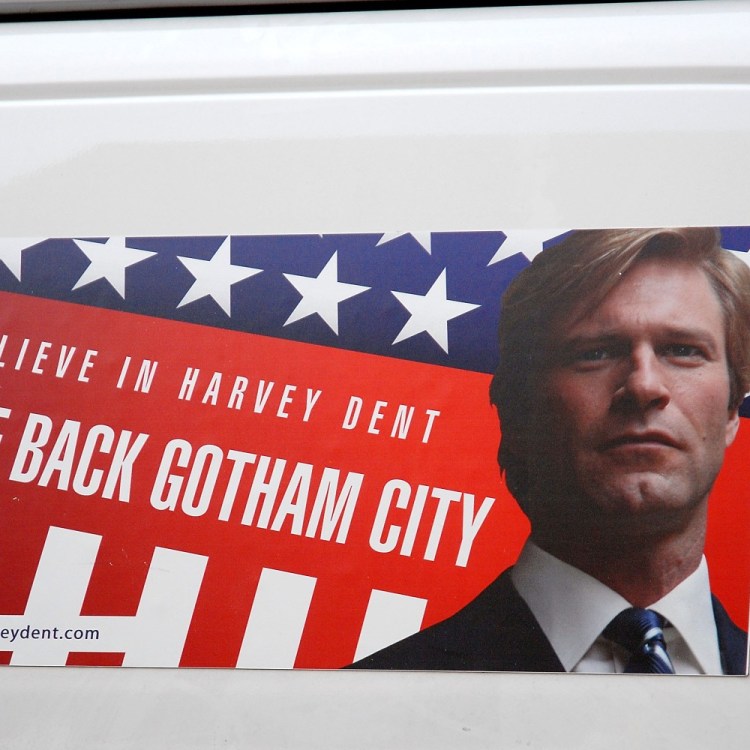“Godzilla’s home will always be Japan.”
Clarisse Loughrey of The Independent is right — figuratively, of course, as the kaiju was born out of Japan’s Toho movie studio in 1954. But also culturally: the various American versions of the film, including the upcoming Godzilla: King of the Monsters, lack proper cultural context. When the creature is unleashed here, something is (to quote another movie that navigates the Japanese/American cultural divide) lost in translation.
As Loughrey notes, Godzilla was and will always be “a scaled and clawed manifestation of Japan’s scarred history.” While inspired by American monster films such as King Kong, the giant, fire-breathing lizard was more of a reaction to the atomic devastation of Hiroshima and Nagasaki, along with radiation fears stoked by American weapons testing on Bikini Atoll. Even 2016’s Shin Godzilla felt like a veiled commentary on the 2011 Fukushima Daiichi nuclear plant meltdown; the film attacked Japan’s government bureaucracy and inaction in the face of catastrophic danger.
Toho studios has produced 32 Godzilla films, and admittedly the creatures they spawned underwent personality transformations over the years, acting at times as comic figures as well as antiheroes who save humanity from itself (and other giant monsters).
America, however, has taken a different approach: the original 1954 black-and-white film that kick started the Godzilla franchise was released two years later in America, with newly filmed scenes focusing on American actor Raymond Burr and most all the political messaging sanitized. Meanwhile, the ‘98 Roland Emmerich disaster flick was a straight-up Jurassic Park rip-off (one viciously satirized in the Japanese film Godzilla 2000) and the Gareth Edwards’s 2014 version, while atmospheric and a commentary on climate change, lacked “cultural specificity.”
Initial reviews of the new Godzilla film seem to position it more like a Pacific Rim entry; lots of amazing monster bottles, but little exploration of the why. If you’re hoping cultural context will play a bigger role in the Godzilla/Kong matchup coming in a few years … don’t hold your (fire) breath.
Editor’s Note: RealClearLife, a news and lifestyle publisher, is now a part of InsideHook. Together, we’ll be covering current events, pop culture, sports, travel, health and the world. Subscribe here for our free daily newsletter.
Thanks for reading InsideHook. Sign up for our daily newsletter and be in the know.


















